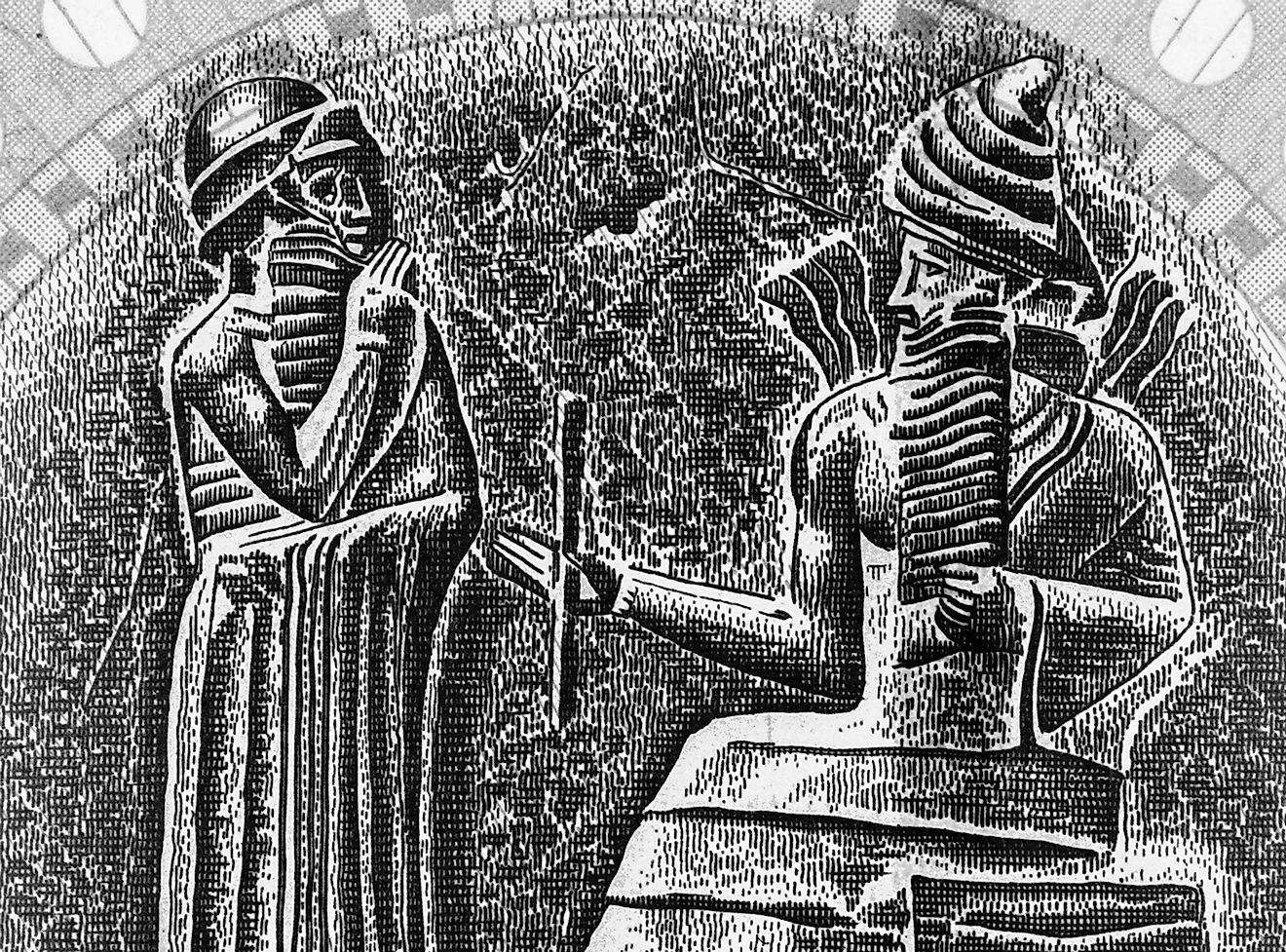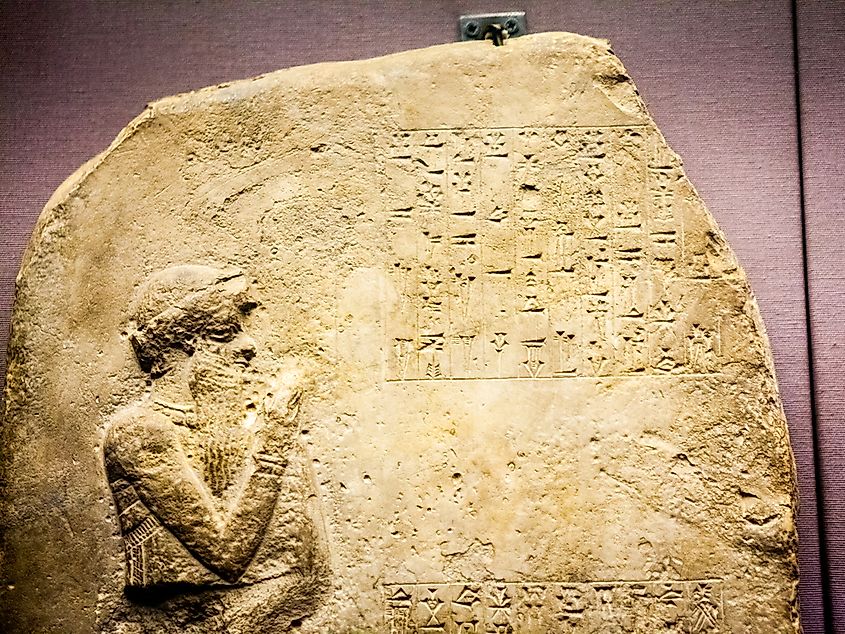What Are The Hammurabi Laws?

Found in 1901 by a team of French archeologists in the ancient city of Susa in Iran, the Hammurabi Laws seem to have been created to govern day to day life in Babylonia. While the Hammurabi Laws are not the earliest written laws nor the first of its kind, they are the most complete and incredibly well-preserved.
The laws were created while Hammurabi reigned in Babylon from 1792 till 1750 BCE. It is widely believed that the Hammurabi Laws have been created on the grounds of Sumerian documents that predate Hammurabi Laws. They seem to have been written by the king of Ur, Ur-Namma, and Lipit-Ishtar of Isin. The Hammurabi Laws have been carefully collected and written on a diorite stela in the temple of Marduk.
What Were The Hammurabi Laws About?
The laws, 282 of them, centered around economic dealings such as commerce, prices, trade and tariffs, as well as family law, civil law, and criminal law. The punishment for breaking any of the laws was different and dependant on the circumstances as well as the offenders’ status.
There were three distinct social classes in ancient Babylonia - the elite (amelu), the free man (mushkenu), and slaves (ardu). Interestingly enough, while the elite had various privileges and their births and deaths were recorded, under the laws, they were also subjected to harsher punishments and pricier fines.
What Does it Actually Say?
Written in cuneiform (a system of writing used by Sumerians) and the Akkadian language, the laws are divided into several parts: prologue, legal procedures, family law, slavery, economic dealings, religion, and epilogue. More than just being a vital part of history and allowing people from the 21st century a glimpse into life and culture long gone, the Hammurabi Laws also introduce many concepts we still find relevant today.

Some of the issues mentioned include the necessity for providing evidence if a crime has been committed, making sure there is a minimum wage for workers as well as presuming the accused is innocent until his guilt is proven. The laws also have a rather modern take on incest, divorce, and property rights.
Babylonians Were Progressive?
Naturally, there are also segments, especially those about punishment, that most of the people today would find shocking such as cutting off son’s hand if he hit his father or if one man broke the bone of another, the same shall be done to him. Nota bene, these are some of the more “tame” punishments. Parts of the Hammurabi Laws so seem barbaric, as we mentioned, especially when it comes to “an eye for an eye” practices. However, some parts prove that the ancient Babylonians had some rather forward-thinking ideas such as refusal to accept marriage by capture or blood feuds.
There are also some interesting parts concerning women’s rights. While women were, in a sense, considered to be the property of the husband, the husband was also responsible for providing the woman with an income should they divorce at some point. He also had to return her dowry, and the woman got the custody of children. On the other hand, if a woman was judged to be a bad wife, she could become a slave in her former home or be sent away.
Where is the Hammurabi Laws Stela Today?
The diorite stela with the inscription is on display in Louvre, while numerous replicas can be found in museums all around the world. The translation of the Laws was published only a year after its discovery in 1902.











